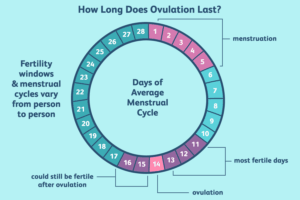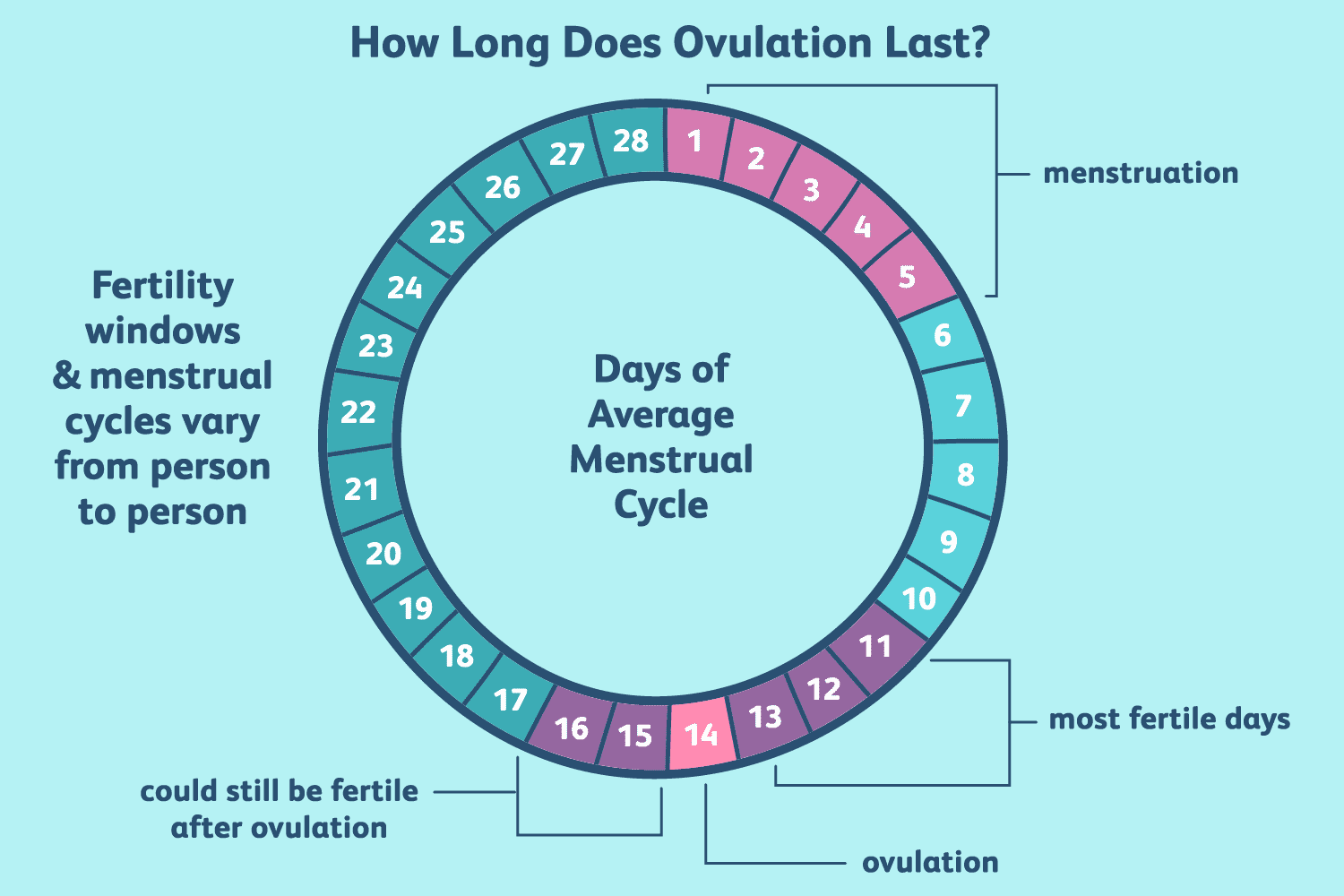Conceive Faster: Understanding Ovulation Cycle and Early Pregnancy Signs
When I first started my journey to motherhood, I quickly realized that understanding your ovulation cycle was more than just tracking dates on a calendar — it was the key to conceiving faster. In this guide, I’ll share everything I learned from personal experience and research about identifying your fertile window, recognizing early pregnancy signs, and improving your chances of getting pregnant. 
Why Understanding Your Ovulation Cycle Matters
Your ovulation cycle is a powerful biological rhythm that determines your most fertile days each month. By understanding your ovulation cycle, you can time intercourse with precision, dramatically increasing the likelihood of conception. Typically, ovulation occurs 14 days before your next period — but that varies depending on your cycle length.
- In a 28-day cycle, ovulation happens around Day 14.
- In a 32-day cycle, it’s likely around Day 18.
Using ovulation predictor kits, monitoring cervical mucus, and tracking basal body temperature (BBT) are all reliable methods to pinpoint your fertile window.
Tracking Ovulation: Best Methods for Accuracy
Let’s dive deeper into the top techniques I used while trying to conceive:
- Ovulation Predictor Kits (OPKs): These detect the LH surge before ovulation. Easy and highly effective.
- Basal Body Temperature (BBT): A slight rise in temperature can indicate ovulation has occurred.
- Cervical Mucus Monitoring: Fertile cervical mucus resembles raw egg whites—stretchy and clear.
- Ovulation Apps: Great for logging data and spotting patterns over time.
How Ovulation and Fertility Are Connected
The timing of ovulation is critical — and so is the health of your eggs and reproductive system. Healthy ovulation means your body is releasing a mature egg, which sperm can fertilize. You are most fertile during the 5-day window leading up to and including ovulation day. Having sex every 1–2 days during this time increases your chances of getting pregnant.
Recognizing Early Pregnancy Signs
If you’ve timed intercourse around ovulation, you may start noticing early pregnancy signs within 6–12 days post-ovulation (DPO). These may include:
- Implantation bleeding or spotting
- Mild cramping or bloating
- Breast tenderness and swelling
- Fatigue or sudden mood swings
- A heightened sense of smell
These symptoms can feel similar to PMS, which is why it’s easy to miss or confuse them. Still, tuning into your body helps you identify changes sooner.
Common Misconceptions About Ovulation
During my research and discussions with other TTC moms, I noticed a few myths:
- You can’t get pregnant on your period — not always true for short cycles.
- Ovulation always occurs on Day 14 — only true if your cycle is exactly 28 days.
- Fertility drops immediately after age 30 — actually, it’s a gradual decline, not a cliff.
Boosting Conception Naturally
Alongside understanding ovulation cycles, there are some simple things that helped me improve fertility:
- Eating a balanced diet rich in folate, zinc, and iron
- Reducing caffeine and avoiding alcohol
- Exercising moderately — too much or too little affects hormone levels
- Managing stress through meditation or yoga
When to Consider Fertility Help
If you’ve been trying to conceive for over a year (or 6 months if you’re over 35), it might be time to consult a doctor. They can run simple tests and recommend next steps. Check out our post on when to see a doctor if you’re struggling to conceive.
Final Thoughts: Know Your Cycle, Empower Your Journey
For me, tracking my ovulation wasn’t just about numbers — it was about reconnecting with my body. The more I learned, the more confident I became. Whether you’re just starting or have been on this journey for a while, understanding your ovulation cycle is one of the most powerful tools you have. Pair that with awareness of early pregnancy signs and you’re well on your way to parenthood.

